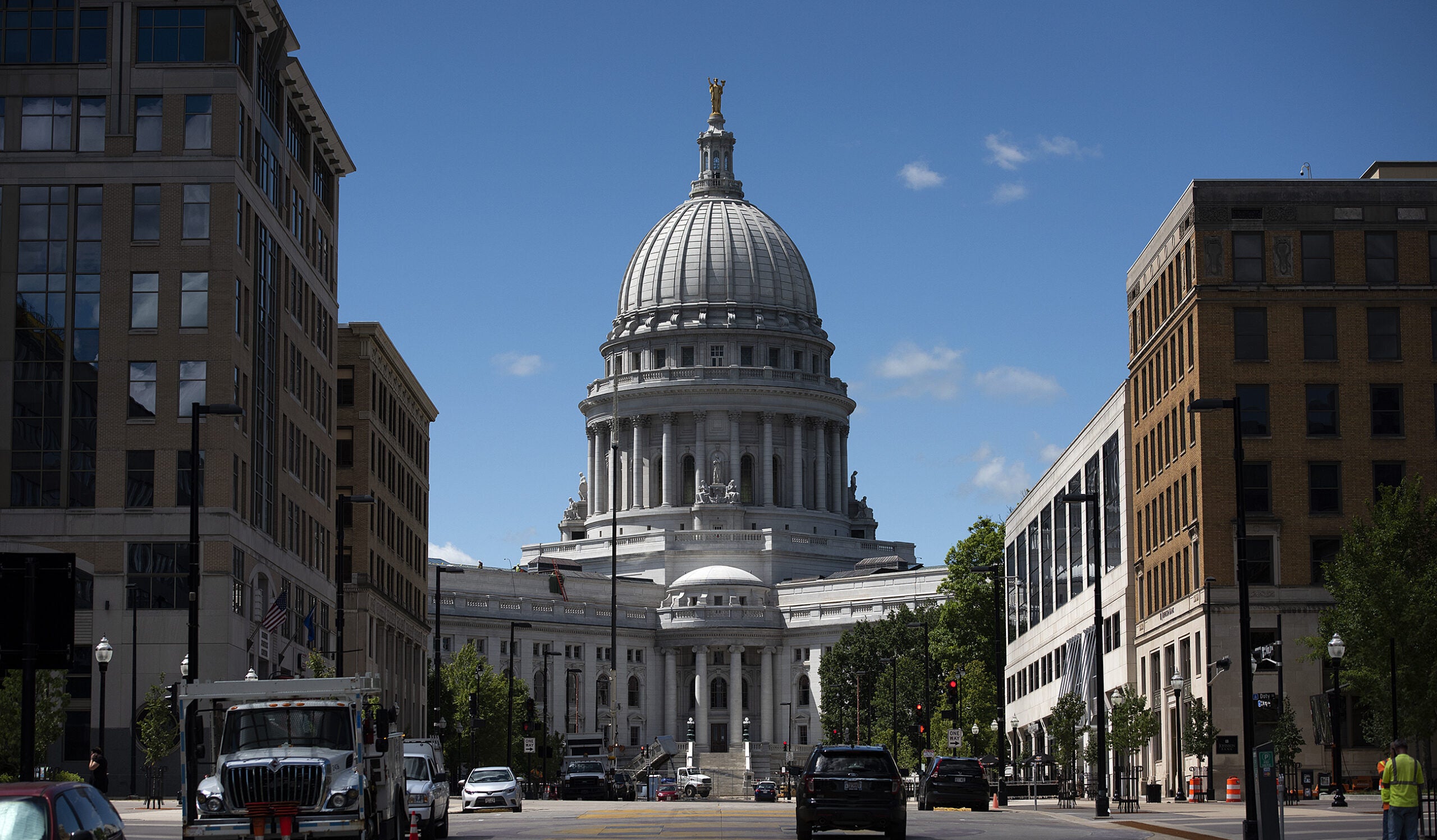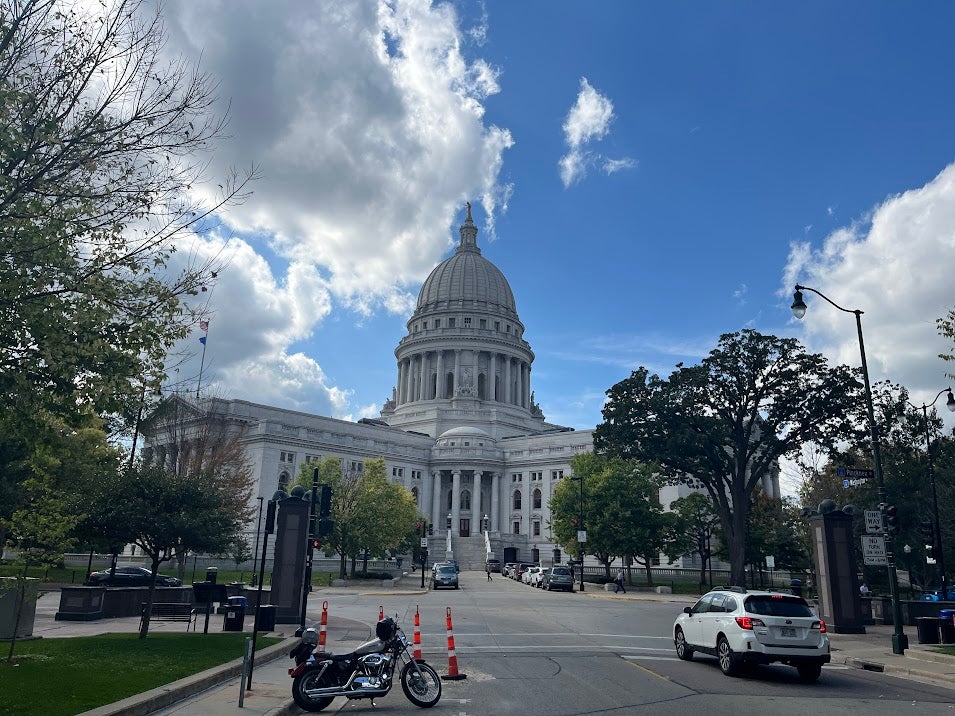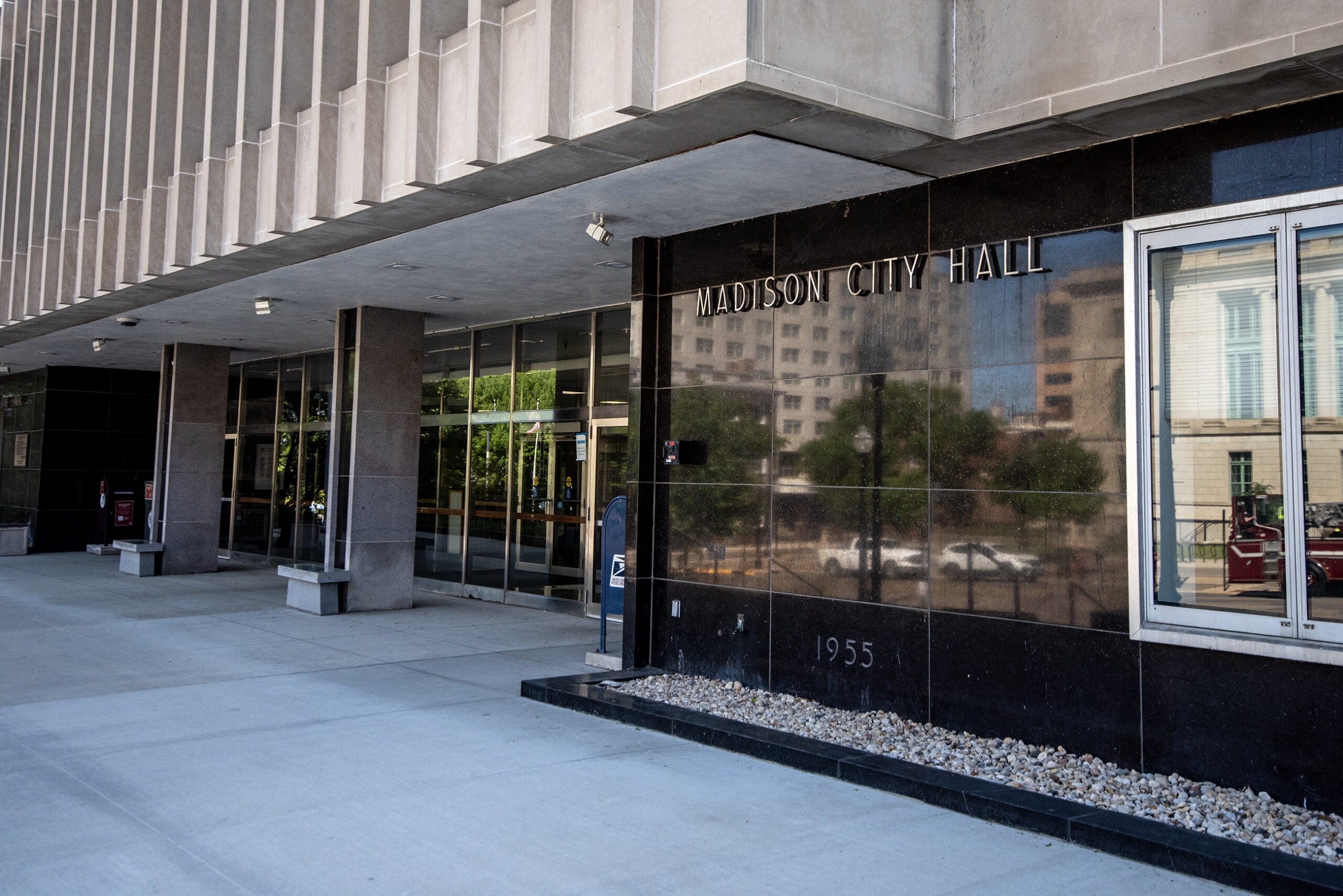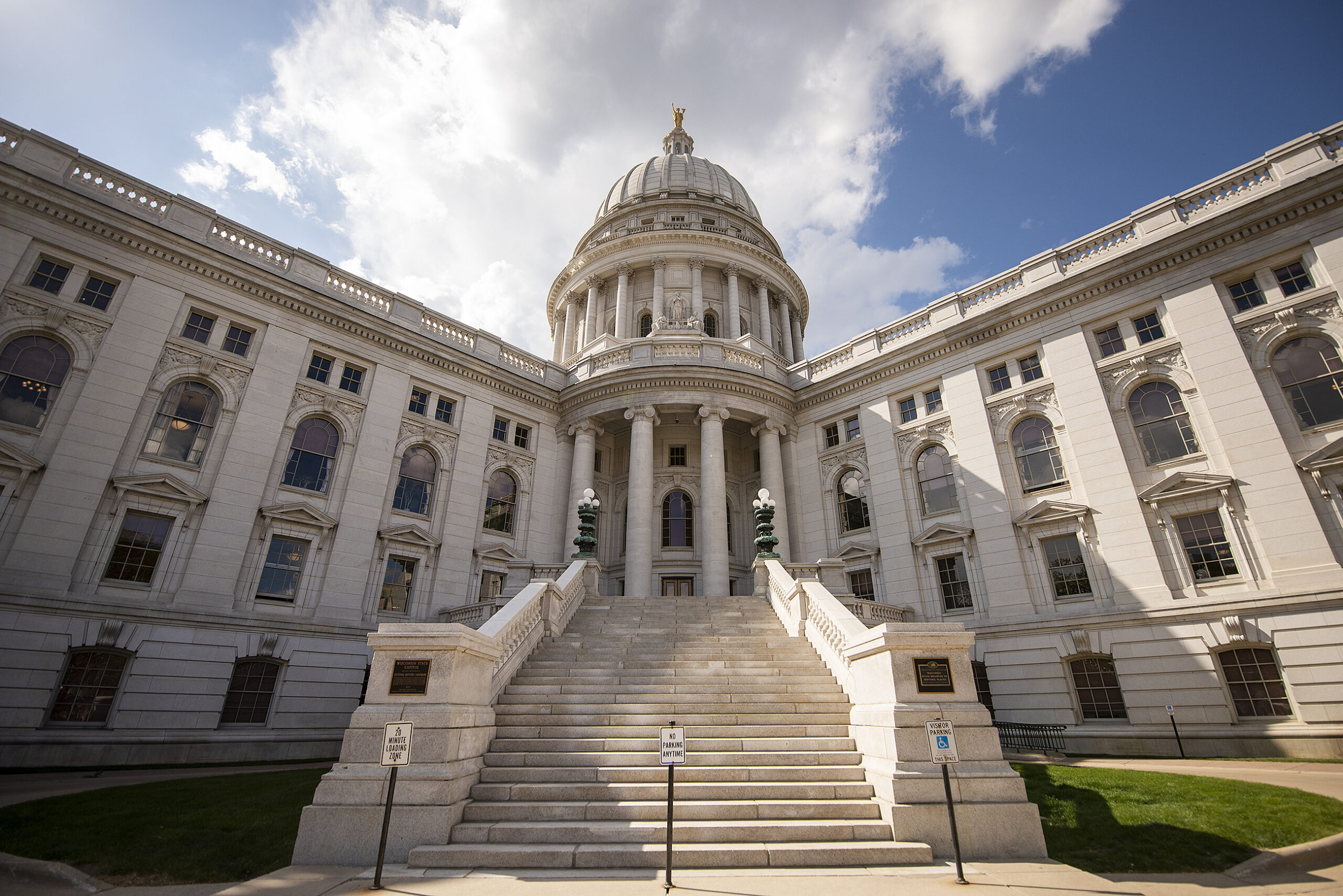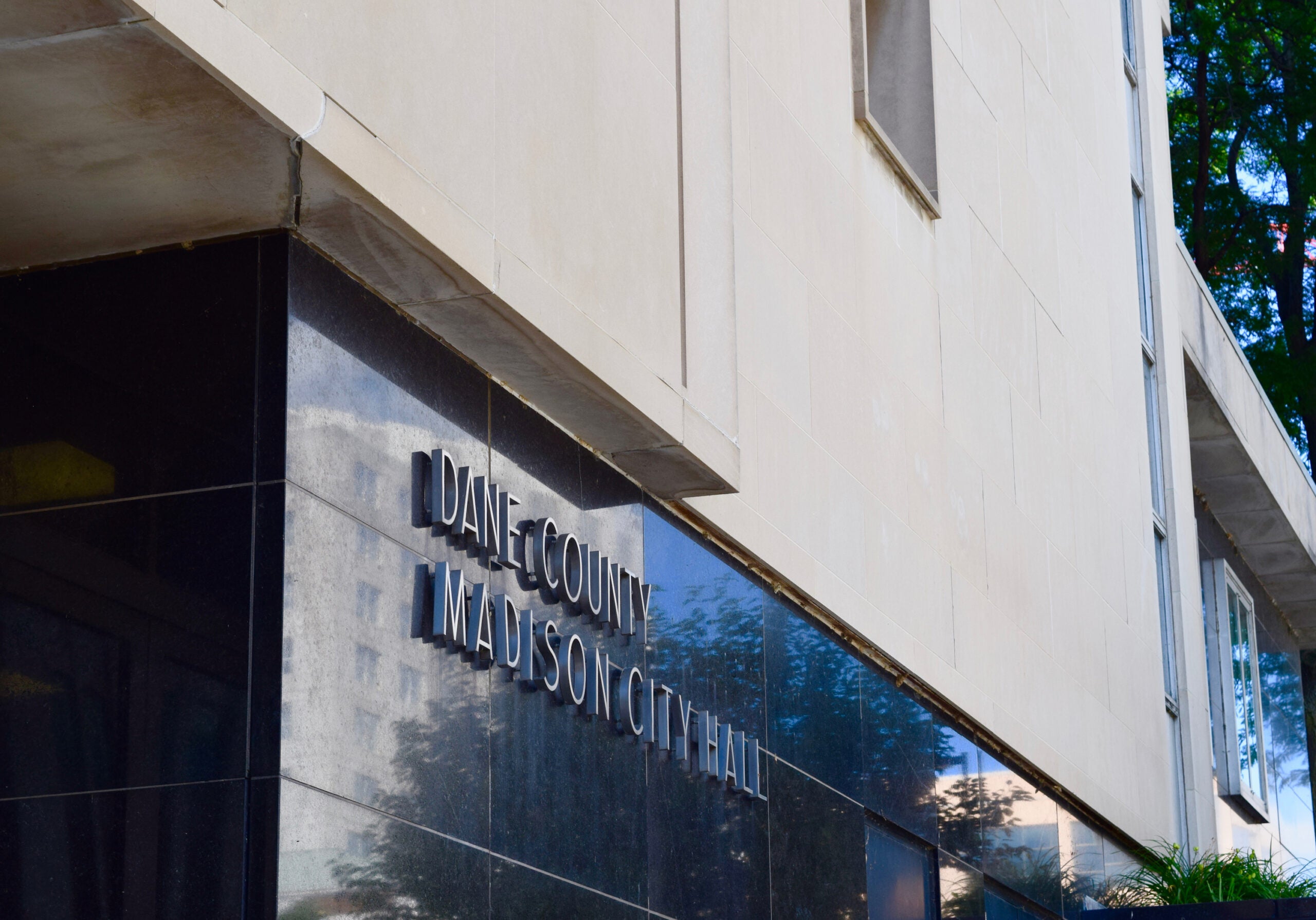In the city of Delavan, there are two ambulances. Or, as City Alder Matt Bieser characterizes it, one and a half. Only one ambulance in the small city in southeastern Wisconsin meets the requirements to transport someone to the hospital.
If another call comes in while that ambulance is driving a person to Milwaukee, for example, Delavan has to call the Emergency Medical Services staff from a neighboring city which is also operating with limited resources.
“So far it’s worked, but it’s not optimal. And with aging infrastructure and the costs of things going up more and more, it’s gonna get worse,” Bieser said.
Stay informed on the latest news
Sign up for WPR’s email newsletter.
A new approach to shared revenue will help municipalities across the state pay for law enforcement, fire protection and emergency medical services. Officially known as Act 12, the plan was intended to increase state funding for local communities throughout Wisconsin by at least 20 percent, using money generated by the state’s sales tax.
Jerry Deschane, executive director of the League of Wisconsin Municipalities, said municipalities big and small had been telling him for years that the outdated model was not working.
“(It) was just unsustainable. They were slowly but surely choking to death,” Deschane said.
A municipality’s general aid from the state is based on a formula created 30 years ago. That formula has not changed. The new model allocates more of what is called supplemental aid. The size of a municipality’s increase was based on a formula heavily weighted by population size.
Deschane said it was not the perfect solution because every municipality’s needs are different, but he gives credit to the Legislature.
“They were doing the very best they could to be as equitable as they could, knowing full well that it was impossible to come up with a formula that would please everyone,” Deschane said.
The shared revenue deal has pulled Milwaukee and Milwaukee County back from potentially devastating financial cliffs. But officials in smaller municipalities say the additional funds they are seeing are far from transformational.
Oshkosh received $2 million more in shared revenue than in previous years, about 5 percent of the city’s annual budget. Russ Van Gompel, the city’s finance director, said most of that money will go to public safety. He expects it will only cover normal operating costs and he anticipates a small increase in property tax to meet the fiscal needs of the city.
Eau Claire’s supplemental aid increased by $1.2 million, which is less than 1 percent of the city’s annual budget. Property taxes, fees and fines are the city’s main sources of income. Stephaine Hirsh, Eau Claire’s city manager, doesn’t want to increase taxes for residents who she says are under fiscal stress. She doesn’t know what to do.
“There isn’t a way for us to continue to grow as a municipality and to provide those services that our residents expect and hope for. It’s really a dilemma,” Hirsch said.
Eau Claire’s 2024 proposed budget is putting all of its increased shared revenue towards the police and fire departments. Hirsch predicts the extra funds will only cover the cost of inflation in those departments, not add new services or expand existing ones.
Hirsch said city managers have been cutting budgets for decades. They already eliminated “low-hanging fruit” which has left the city with a “shoestring budget.” Every year when departments submit their budget requests, Hirsch has to turn them down.
“When they ask for something, it’s not extravagant. It’s something that they have hoped for, in some cases, 10, 20 years,” Hirsch said. “To not be able to help them do their job better — it’s discouraging.”
The shared revenue plan was criticized by some Democrats for restricting how the money could be spent. Deschane said most municipalities spend the majority of their money on things Act 12 specifies.
Delevan’s an example. It will receive less than $200,000 in additional supplemental aid. In 2024, the city’s total shared revenue will make up 5.6 percent of the general fund.
It will be used for public safety needs, including the private EMS contract. Bieser hopes the city can shuffle money around to accomplish other goals like increasing broadband access, building a new library and paying for capital development projects.
According to the 2020 census, Delavan’s population was 8,505 people. Bieser said the city is growing and it is on track to exceed 10,000 people in “a matter of time.” To meet those needs, Delevan wants to build housing and infrastructure and expand essential services.
“We’re making the smart approach and we’re doing it while we’re underneath that threshold, but it’s not pie in the sky. This is something that’s happening (now),” Bieser said.
Deschane predicts some municipalities will go to a referendum even after the shared revenue increases because of strict property tax levy limits.
Still, Deschane called the revised shared revenue plan a tremendous starting point.
“This was an effort to get the state municipal aid formula back on a footing where it was tied to the economy, where it was increasing with the sales tax. And it accomplished that. It accomplished it very well,” Deshane said. “But it’s not a be-all and an end-all.”
Wisconsin Public Radio, © Copyright 2025, Board of Regents of the University of Wisconsin System and Wisconsin Educational Communications Board.
